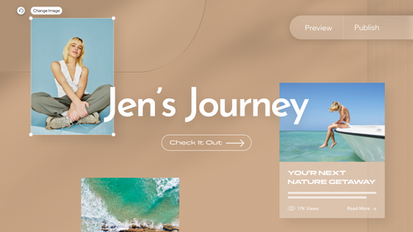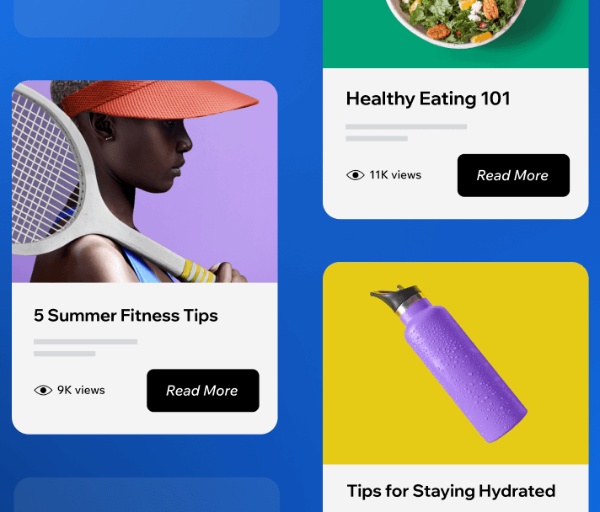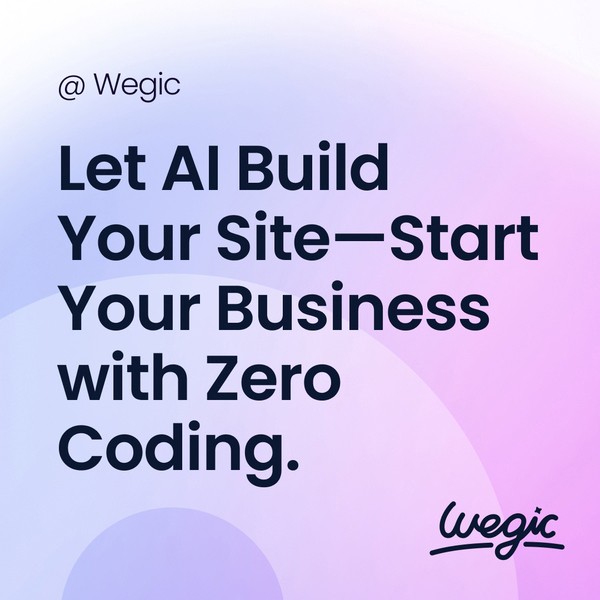AI Chat Bot Free
How to AI Chat Bot Free
AI Chat Bot Free
In today’s digital age, having a professional and visually appealing website is crucial for any business or individual looking to establish an online presence. One of the key components in creating a website is using a template, which serves as the foundation for the layout and design of the site. Website templates are pre-designed web pages that can be easily customized to fit the specific needs and branding of a business. In this article, we will explore the importance of website templates and how they can benefit individuals and businesses alike.

AI Chat Bot Free Solutions
AI Chat Bot Free
In today’s digital age, having a visually appealing and user-friendly website is crucial for the success of any business. A well-designed website can help attract new customers, build credibility, and increase conversion rates. However, designing a website is not as simple as it may seem. It requires a strategic and systematic approach to ensure that the final product meets the needs and expectations of both the business and its target audience. In this article, we will discuss the website design process in detail, outlining the key steps involved in creating a successful website.
Step 1: Define the Purpose and Goals
The first step in the website design process is to clearly define the purpose and goals of the website. This involves identifying the target audience, understanding their needs and preferences, and determining the desired outcomes for the website. For example, is the website meant to generate leads, drive sales, provide information, or showcase products and services? By having a clear understanding of the purpose and goals of the website, you can better tailor the design and content to meet these objectives.
Step 2: Conduct Research
Once the purpose and goals of the website have been defined, the next step is to conduct research. This involves analyzing the competition, researching industry trends, and gathering insights into the preferences and behaviors of the target audience. By conducting thorough research, you can gain a better understanding of what works and what doesn’t in your industry, helping you make informed design decisions.
Step 3: Create a Wireframe
After conducting research, the next step in the website design process is to create a wireframe. A wireframe is a visual representation of the layout and structure of the website, showing the placement of various elements such as navigation menus, headers, footers, and content sections. Creating a wireframe allows you to plan the overall design and functionality of the website before moving on to the visual design phase.
Step 4: Design the Visual Elements
Once the wireframe has been finalized, the next step is to design the visual elements of the website. This involves creating a visually appealing and consistent design that reflects the brand identity and resonates with the target audience. Elements such as color scheme, typography, imagery, and layout are carefully considered to create a cohesive and attractive design that conveys the desired message and engages users.
Step 5: Develop the Website
After the visual design has been approved, the next step is to develop the website. This involves coding the design into a functioning website using HTML, CSS, and other programming languages. During the development phase, the website is tested for functionality, responsiveness, and compatibility across different devices and browsers to ensure a seamless user experience.
Step 6: Test and Optimize
Once the website has been developed, it is essential to test and optimize its performance. This involves conducting usability tests to identify any usability issues, testing load times to ensure fast page speeds, and optimizing the website for search engines to improve visibility and accessibility. By testing and optimizing the website, you can ensure that it meets the needs and expectations of users, leading to better engagement and conversions.
Step 7: Launch and Monitor
The final step in the website design process is to launch the website and monitor its performance. This involves deploying the website to a live server, promoting it to the target audience, and tracking key metrics such as traffic, engagement, and conversions. By monitoring the performance of the website, you can identify areas for improvement and make informed decisions to optimize its effectiveness over time.
One of the top AI website builders is Wix. Wix offers a user-friendly drag-and-drop interface that allows users to easily customize their website layout and design. The platform also features hundreds of templates and design elements to choose from, making it easy to create a unique and visually appealing website. Additionally, Wix’s AI technology, known as Wix ADI (Artificial Design Intelligence), can create a personalized website for users based on their preferences and needs. This makes the process of building a website quick and hassle-free.
Another popular AI website builder is Squarespace. Squarespace is known for its sleek and modern templates that are perfect for businesses looking to showcase their products or services. The platform offers a variety of customizable design options, including fonts, colors, and layouts, allowing users to create a website that reflects their brand identity. Squarespace also features a built-in AI tool called Squarespace LogoMaker, which can create a custom logo for businesses in minutes. With its intuitive design interface and AI-powered tools, Squarespace makes it easy for users to create a professional website with minimal effort.
Weebly is another top AI website builder that is perfect for users looking for simplicity and ease of use. Weebly’s drag-and-drop interface makes it easy to build a website from scratch, with no coding required. The platform offers a variety of templates and design elements to choose from, allowing users to create a unique and visually appealing website. Weebly’s AI technology can also suggest design elements and layouts based on the user’s preferences, making it even easier to create a personalized website. With its user-friendly interface and AI-powered features, Weebly is a great option for small businesses and entrepreneurs looking to establish an online presence.
For those looking for a more advanced AI website builder, Adobe Dreamweaver is a great option. Dreamweaver offers a wide range of design and customization options, allowing users to create a website that is completely tailored to their needs. The platform features a powerful AI tool called Adobe Sensei, which can generate code based on the user’s design preferences. This makes it easy for users to customize their website layout and design without having to write code. With its advanced AI technology and robust features, Adobe Dreamweaver is a top choice for users looking for a high-level website builder.

AI Chat Bot Free Explained
AI Chat Bot Free
In conclusion, building recipes on your website is a fun and rewarding way to share your passion for cooking and baking with others. By starting with a unique concept, experimenting with different ingredients and flavors, considering dietary restrictions and preferences, providing detailed instructions and tips, testing your recipes, and engaging with your audience, you can create enticing and memorable dishes that will attract visitors to your website and keep them coming back for more. Happy cooking!


